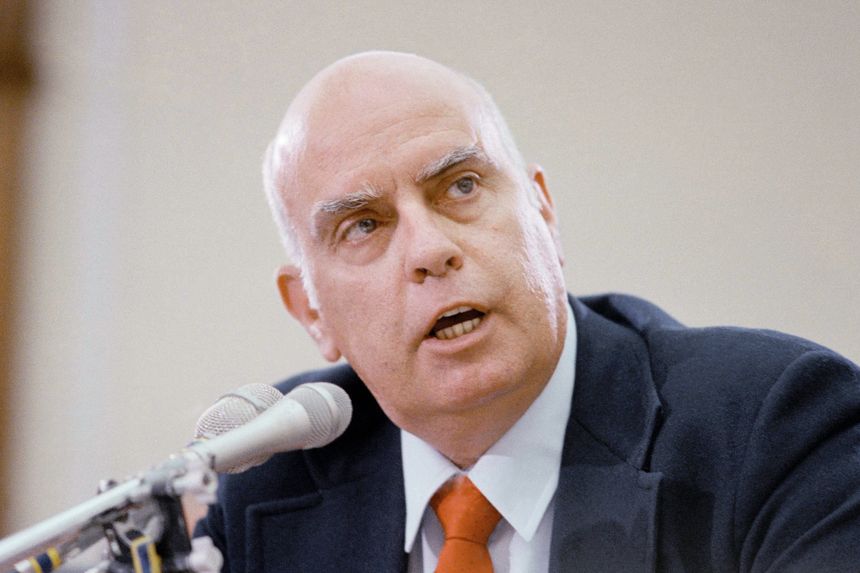Roger Boisjoly appears before the House Committee on Science and Technology in Washington, June 17, 1986.
Photo:
John Duricka/Associated Press
The National Aeronautics and Space Administration was preparing the space shuttle Challenger for launch on the morning of Jan. 28, 1986. It was an unusually cold morning for Cape Canaveral, Fla.—too cold, warned the engineers of NASA contractor Morton Thiokol, builder of the shuttle’s solid rocket motors. The engineers knew that the rubber O-rings on the rocket could become brittle in cold weather, causing hot fuel gases to leak and potentially causing an explosion. They were right. Seventy-three seconds after liftoff, the shuttle with seven astronauts on board, including teacher
Christa McAuliffe,
blew up.
The day before the launch, Thiokol engineers and executives met with NASA officials on a teleconference.
Roger Boisjoly,
the principal engineer on the Thiokol O-ring task force, and
Arnold Thompson
were the most knowledgeable experts on O-rings in the U.S. The two engineers argued that an ambient temperature below 53 degrees Fahrenheit could prevent the O-rings from sealing properly. A Thiokol engineer reported the anticipated temperature during the following day’s launch time would be around 26 degrees. Erring on the side of caution, Boisjoly, Thompson and other engineers recommended delaying the launch.
NASA officials pushed back.
Lawrence Mulloy,
NASA solid-rocket booster manager at Marshall Space Center, was particularly angered by the prospect of postponement, which had already been done three times.
Thiokol executives requested a private caucus. Boisjoly and Thompson repeated their argument for a no-launch decision—to no avail. In what amounted to a “management” decision, engineers were excluded from the final vote. Returning to the teleconference, Thiokol executives informed NASA that the launch was approved.
…
Click Here to Read the Full Original Article at RSSOpinion…

